

The absolutely mind-warping simplicity of Goethe’s Theory of Colors
source link: https://uxplanet.org/the-absolutely-mind-warping-simplicity-of-goethes-theory-of-colors-47e633b459cc
Go to the source link to view the article. You can view the picture content, updated content and better typesetting reading experience. If the link is broken, please click the button below to view the snapshot at that time.
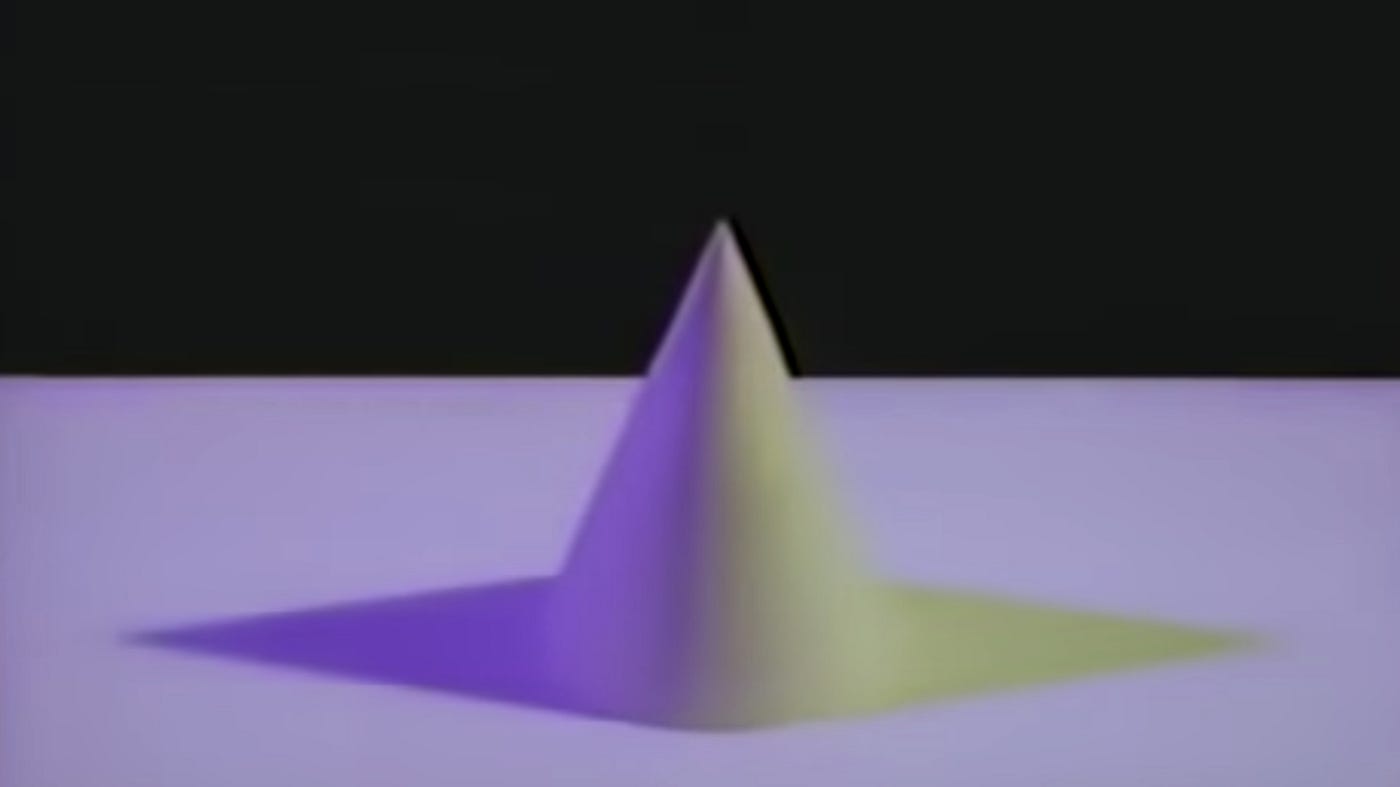
The absolutely mind-warping simplicity of Goethe’s Theory of Colors
We arrive at a very centrally important theme to Goethe’s theory of color, which is again based on the interplay between dark and light and that is where colors are born. Through the interplay of darkness and light and that runs contra to the Newtonian distinction where Newton says — colors are a part of white light that can be reduced down into the various colors based on measurable wavelengths.
Goethe doesn’t deny the measurement aspect, to say that darkness cannot be measured, but he says that the interplay between dark and light is where colors arise —
and they belong to our perception of these boundaries.
This is a part where we’re going to look at sunrises and sunsets and the concept of Goethe’’s “Trübesphere”, in the idea that seeing darkness through light and seeing light through darkness shows examples of how we can see this color arise. And these experiments are are right on and show directly what he’s describing to us.
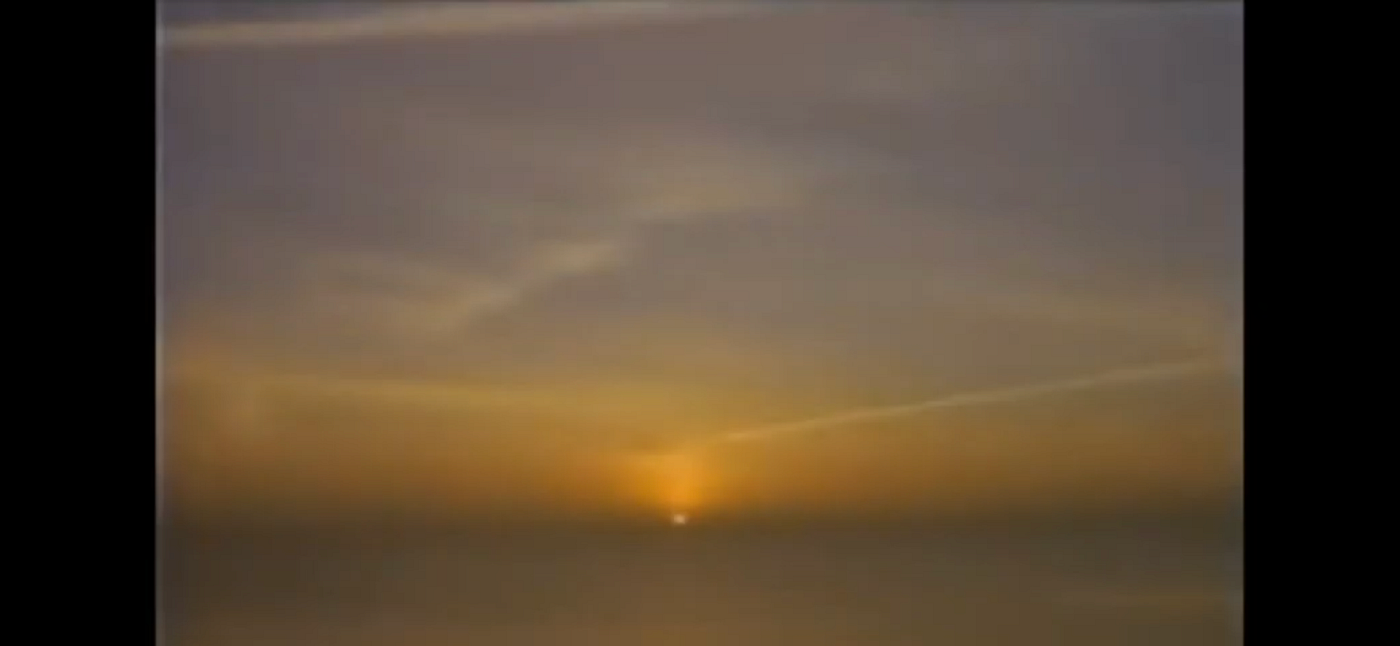
The quote and images included in this article are from a fantastic 50min documentary available here for free on YouTube
“The contrast between light and darkness absorbed Goethe, both as a poet and observer of nature. In the celestial phenomena Goethe has studied the encounter between light and darkness and the birth of colors.
Part of the earth’s atmosphere consists of dust and particles that Goethe called ‘Trübe’. In the Trübesphere, light meets darkness and the colours are born.
At sunrise and sunset when the white light of the sun passes through the Trübe, we may observe the marvelous sight of the colors playing on sky and earth. To explain what happens Goethe ordered pieces of glass to be mounted in the lid of a box.
They are colorless but translucent and thus have the same effect as the ash and particles in the Trübesphere.”

So, this is Goethe’s mimicking of the Trübesphere and the mist and ash and particles that we see in the air as we look out into space or out towards the sun. And this is his first experiment that we come to.
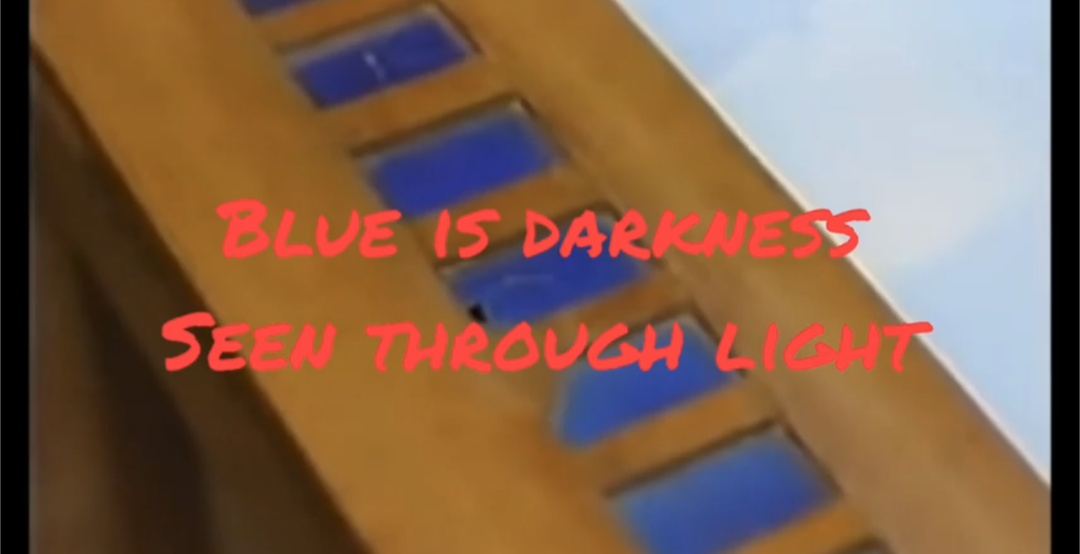
“When the lid is closed and we look down through the glass into the darkness of the box, the glass looks blue. When we open the box and look through the glass into the light, the glass turns yellow.
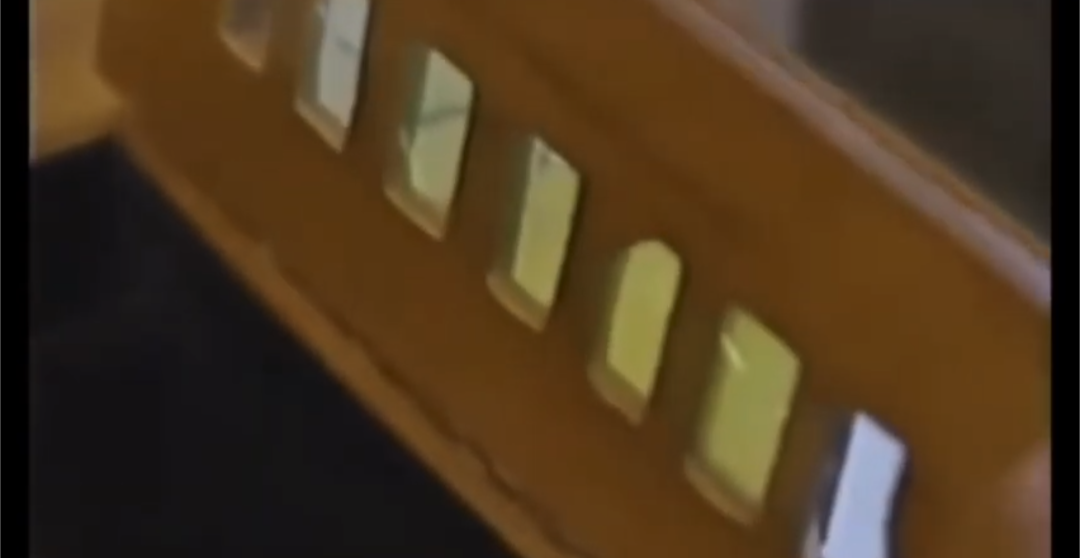
The snake on Goethe’s glass has the same Trübe effect. When we see the snake with the light behind it, the snake looks yellow. But if we see the snake against the dark background, we see the snake as blue.
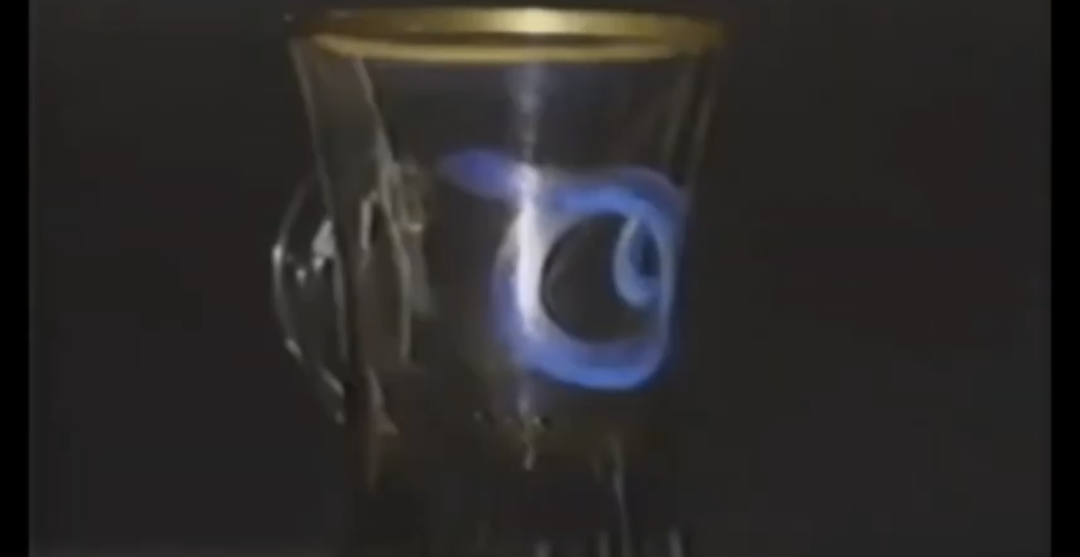
It’s the same phenomenon that gives color to the sun at sunrise and sunset. We see the white sun as yellow and red when we see it through the Trübesphere. The denser the Trübesphere, the redder we see the sun.”
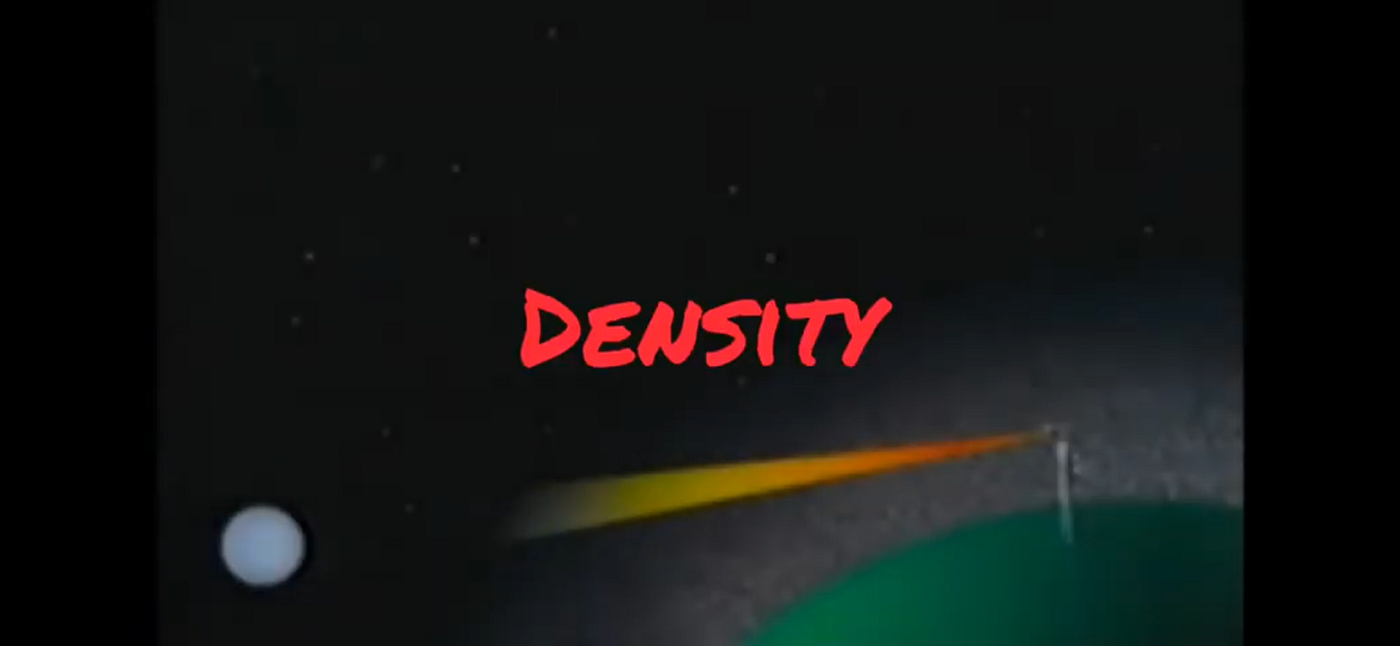
This is a great visual here. This is bringing up the the aspect of density and this is in the interplay of dark and light. We have the the light from the sun playing off of the darkness of the earth. Of the perceiver looking out and we can see that density shown there where the red is the densest and that’s right next to our eyes so that’s our vision.
And what we’re going to see is a few experiments that further expound on this.
“When we look at the sky what we are actually gazing into is the darkness of outer space. But we see it as a blue sky when the light from the sun passes through the Trübesphere that’s just in front of it.
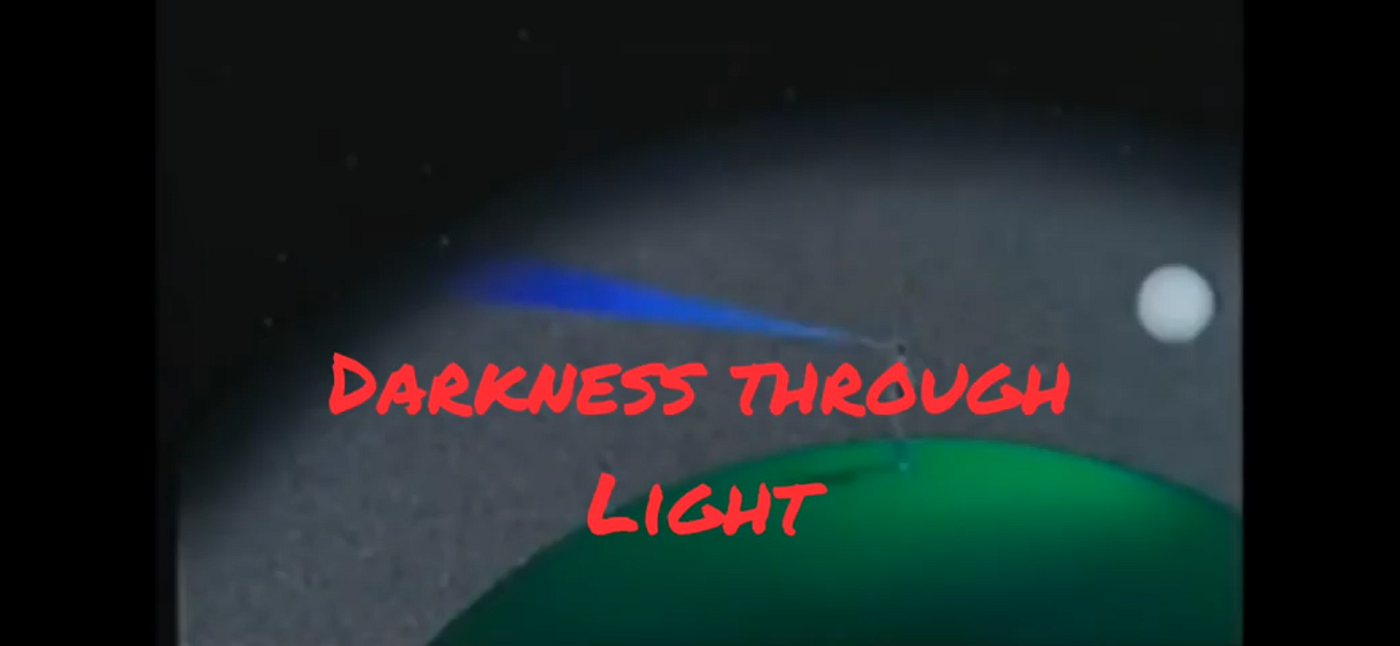
The particles of the Trübesphere reflect the light. There is thus light in front of the darkness. The thinner the Trübesphere, the darker blue we see the sky. The blues arise in the interaction of our eyesight.
The darkness of outer space and the illuminated….”
The colours belong to our eyesight.
This is of primary importance in Goethe. The colors belong to our eyesight. They are perceptions. Colors are perceptions.
They’re not out there in the world for our mind to interpret. They’re out and in. It’s this interplay and so when we look out into darkness as we see in this shot, here we’re looking out into darkness through the Trübesphere and we’re seeing blue and that is what arises as the function of the fact that we’re looking out into darkness through shades of light.
And the other side of what happens is looking out into the sun at sunset, where we’re looking through darkness to the light and it becomes red. And we’ll stay with Goethe and just kind of consider this as a world view.
“When we look at the darkness through the eliminated Trübe we see the blues. Blue is illuminated darkness. The blues are born out of the darkness with the help of light. When we look at the shining sun through the Trübe, we see it as yellow and red. Yellow and red are darkened light. The yellows are born out of the light with the help of darkness.
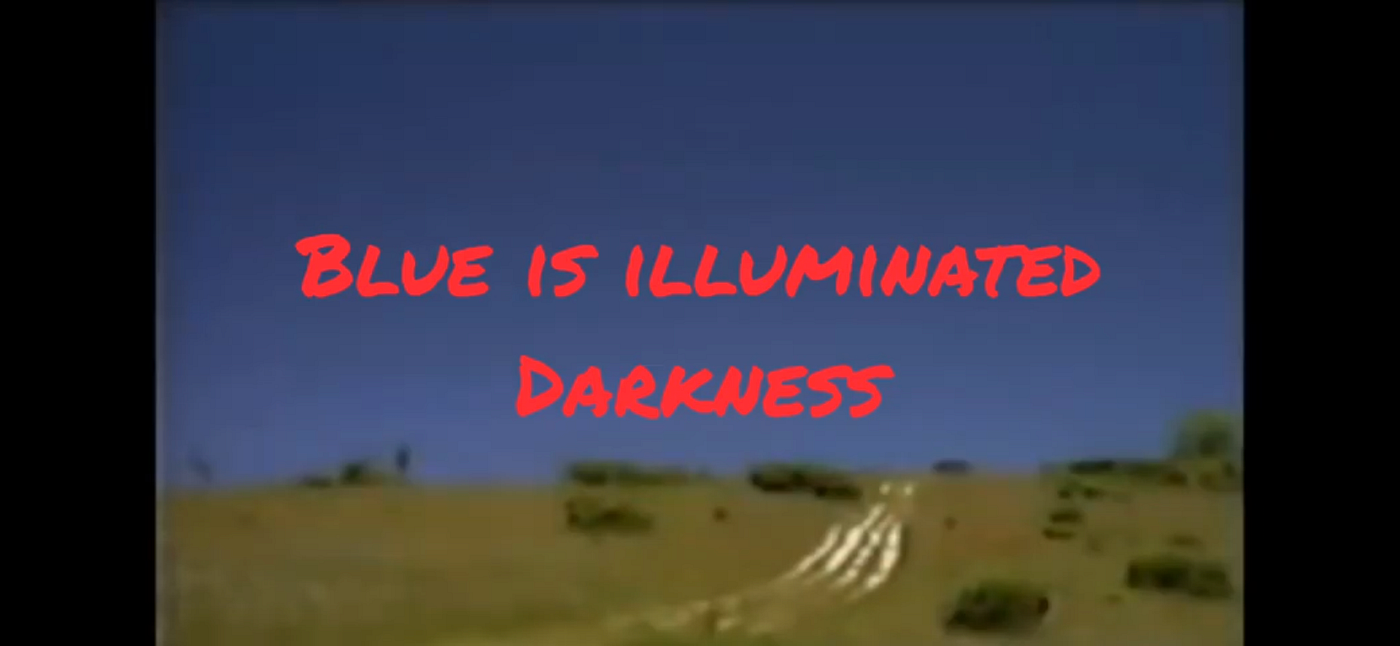
We see the polarity of light and darkness transform into the color polarity of yellow and blue. Light forms the starting point for yellow and darkness for blue. Yellow and blue form the basis of all the other colors in the color wheel.
So Goethe positioned them across from one another in his circle: yellow on the left, blue on the right. The two glass stairways are full of yellow and blue fluid. In the lowest steps the color is yellow…”
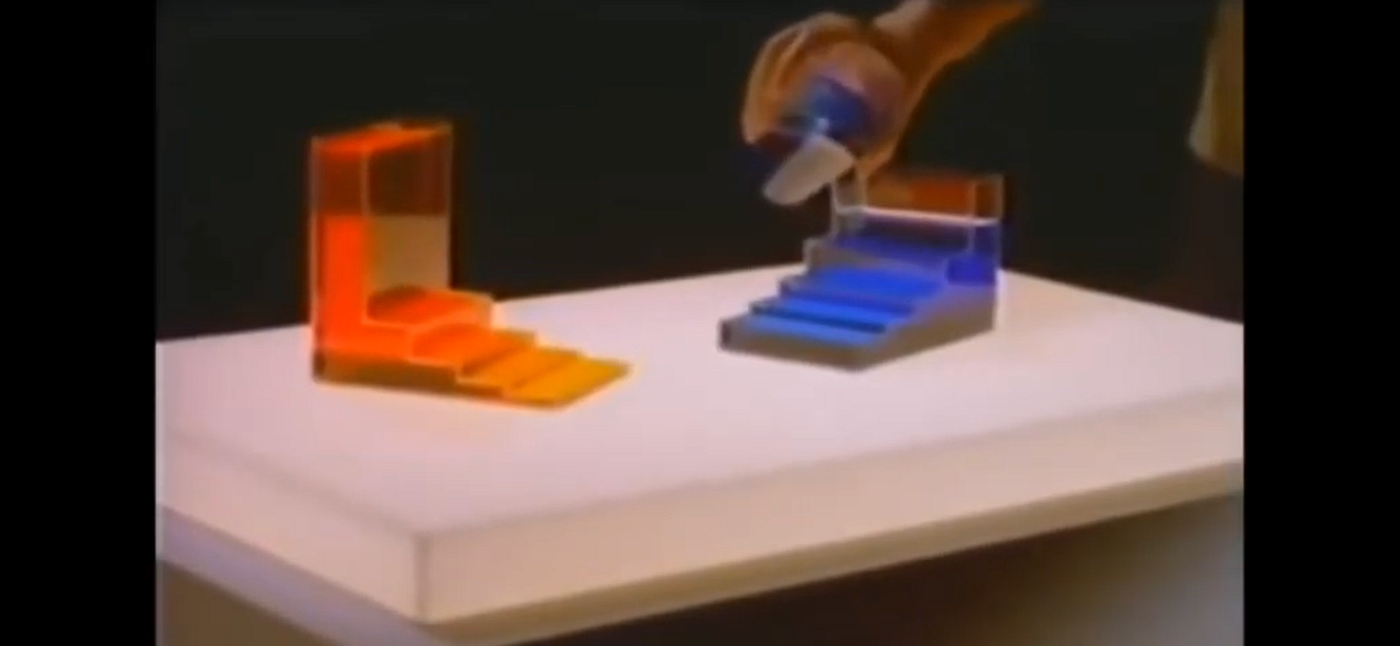
This is a really amazing experiment,
because it shows just how directly this density plays into color as an effect of our experience. It shows that in the densest part of the stairway we have this thick red and this light yellow towards the bottom and this is maybe the most direct physical example we can see of a color wheel, where a color wheel may be abstract. We can see this right in front of us, this density involving the interplay of the effects of dark or the effects of light, as they tangle with each other and commingle.
“But the more layers, that is, the denser the light yellow becomes, the redder it gets. The same applies to the blues. The cyan blue gets darker and darker, rising to violet the denser it gets. Goethe called this the colour steigerung or intensification.
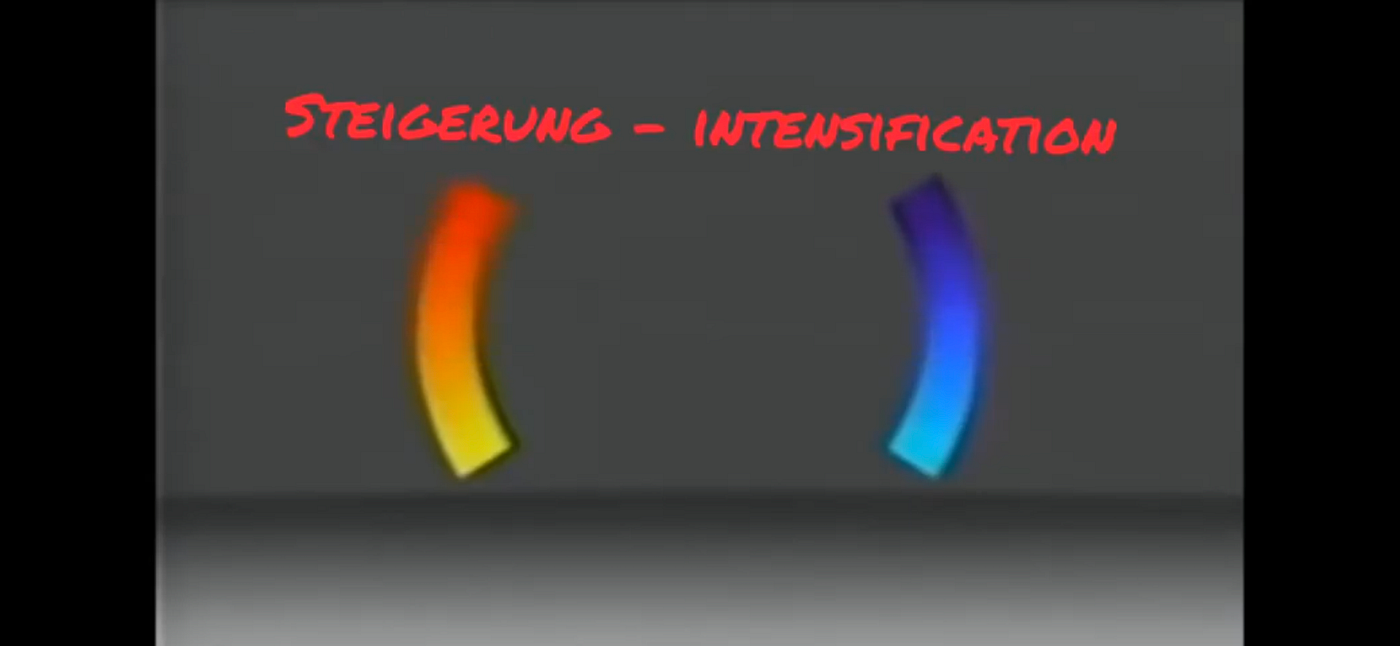
Goethe shows in his theory of color that the concept of intensification recurs in phenomena as different as molten iron, a flower, a feather, the sky. Everywhere the same pattern from yellow to red and from cyan blue to violet.
And for now, let’s just imagine as we look at these leaves and flowers that we’re seeing light through some shade or field of darkness.
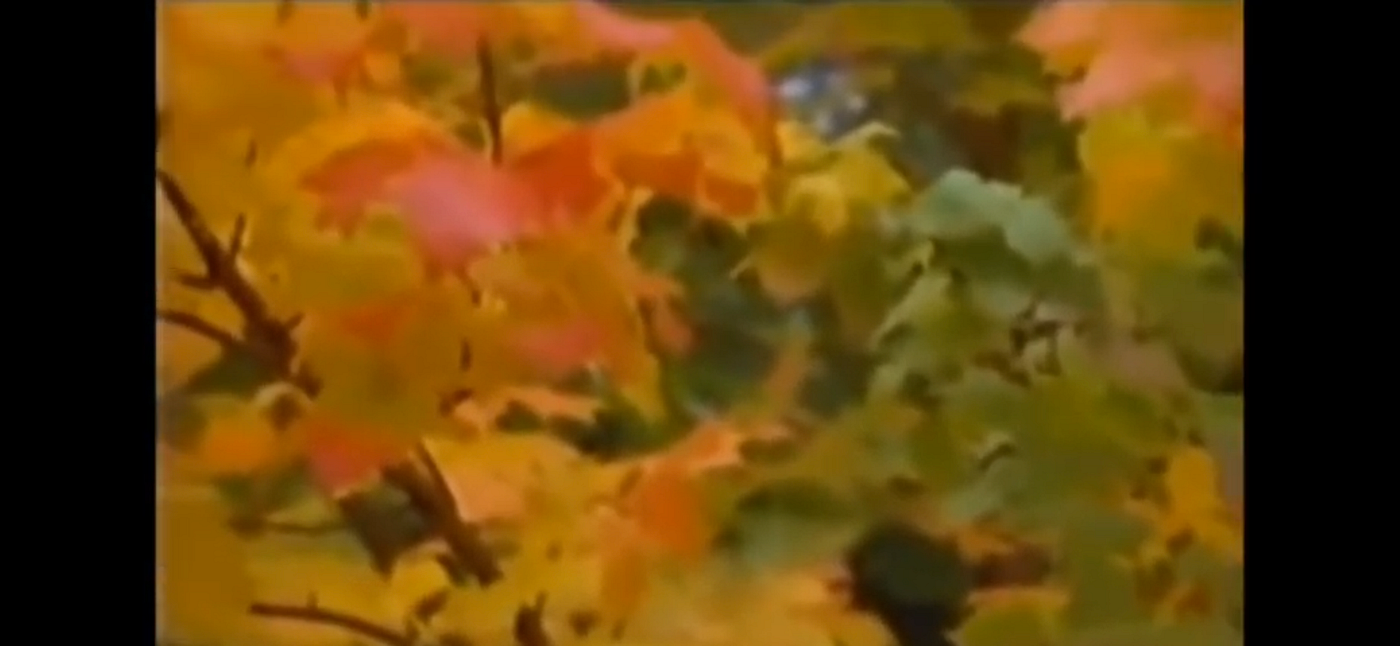
Not to say yellow objects are warm and blue objects are cold, but at least in our perception there may be some degree of that. And then we can start to think a little bit further about the different colors of plants and flowers and so forth. But watching this is perceiving as Goethe would have us do.
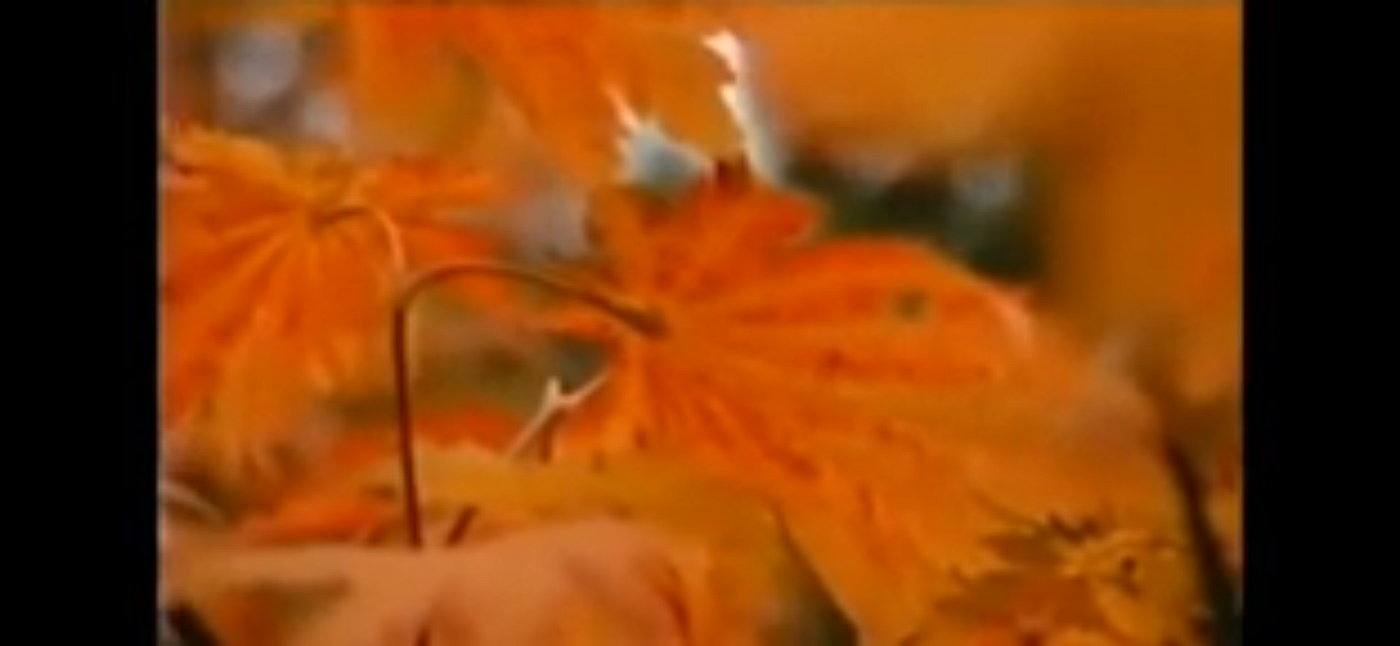

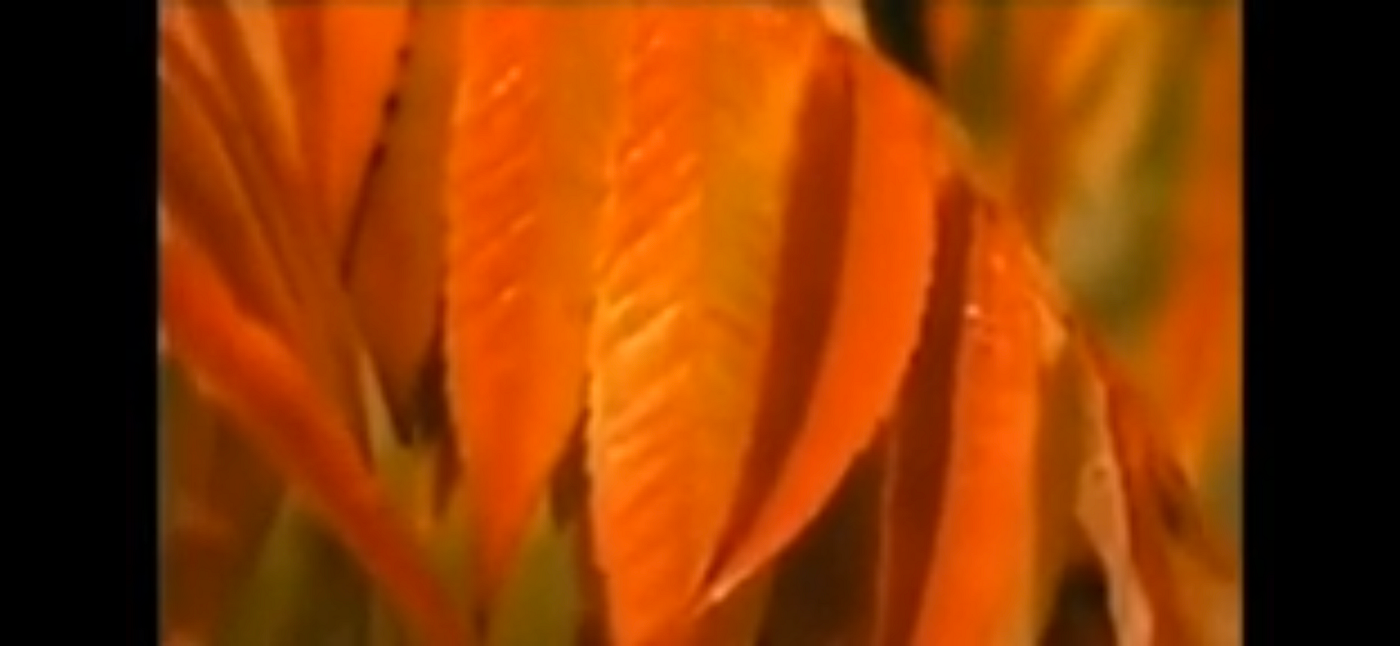
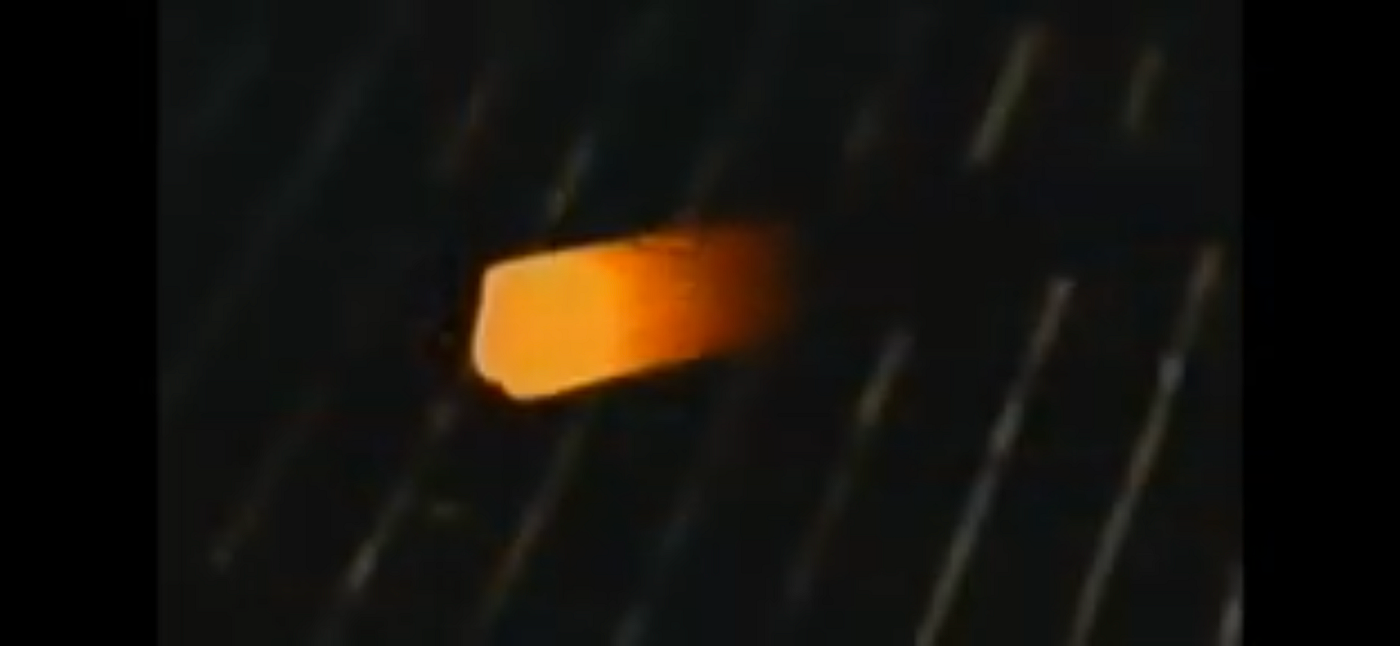
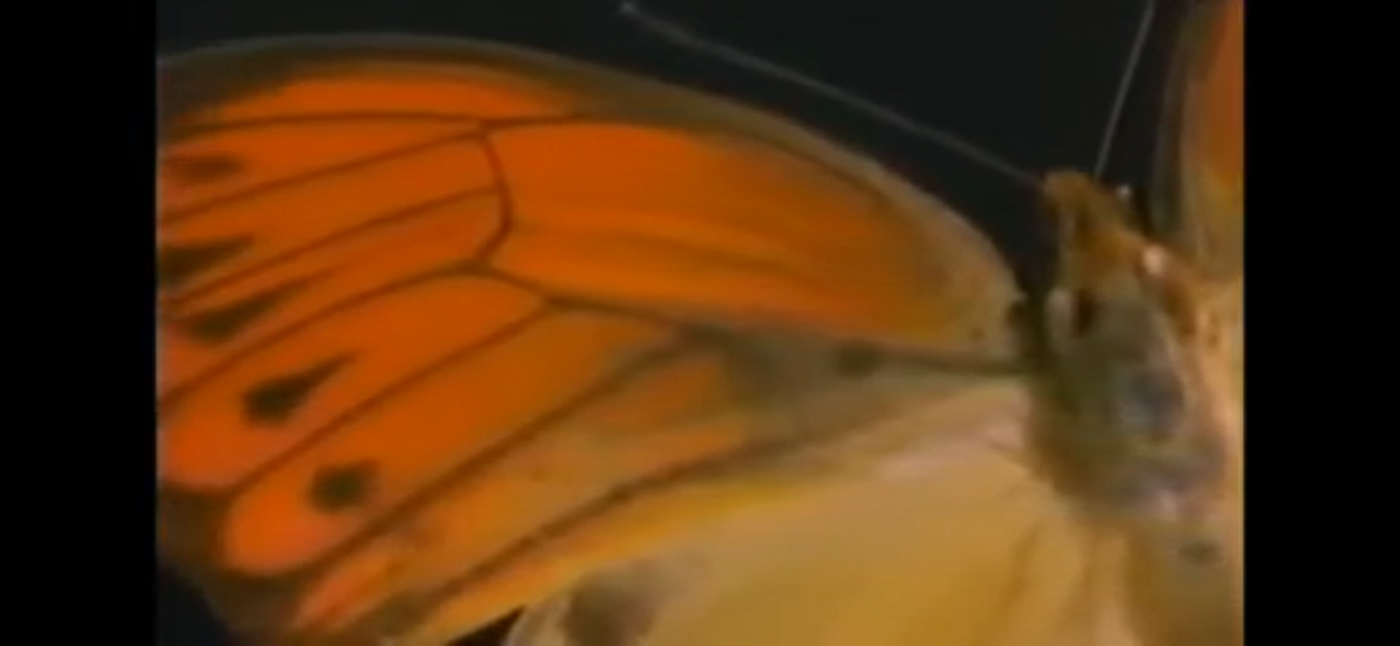
“In the horizon at sunset, we see the blues intensified towards the darkness of the sky. And the yellows intensify towards the setting sun…”
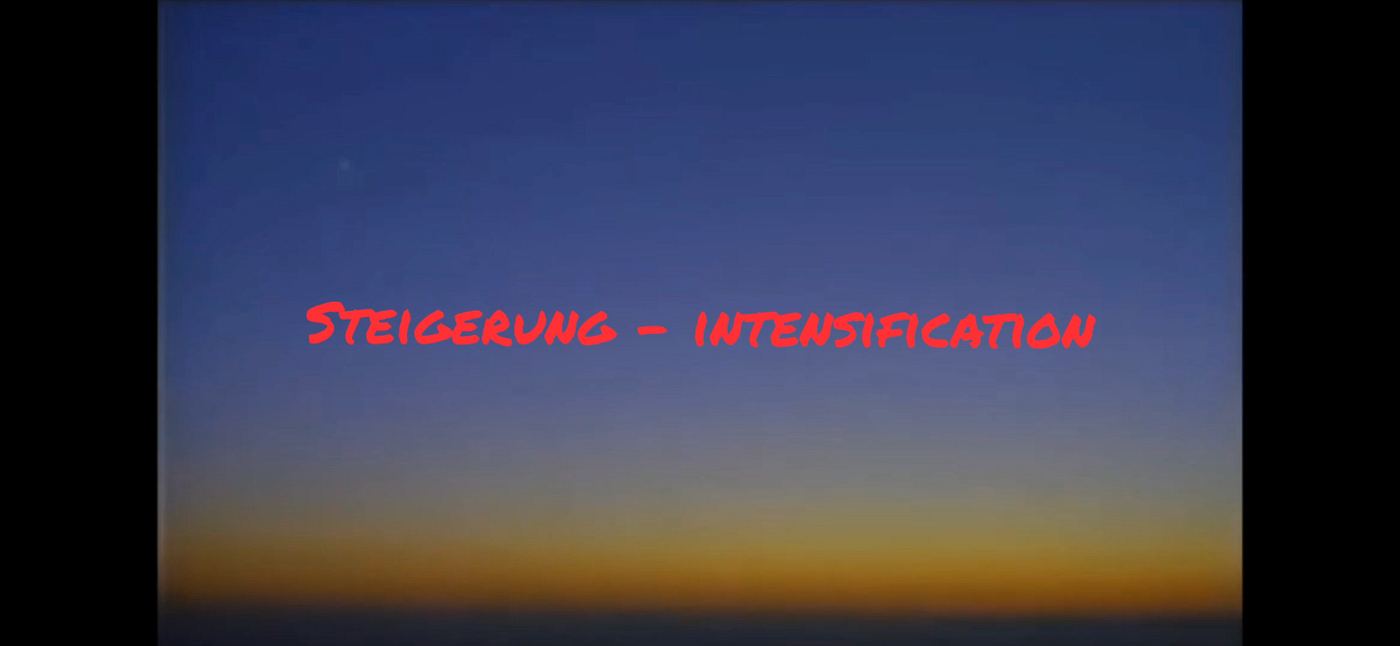
This is easily observable at any sunset. You can see the sky start to intensify as it becomes a darker shade of blue in contrast to the red of the sun. It’s the sharper contrast between the two and it causes these rolling interesting patterns that are different for each sunset depending on the cloud and weather patterns that we see, in between what we’re looking at.
“The blue steigerung goes from cyan blue to violet.”
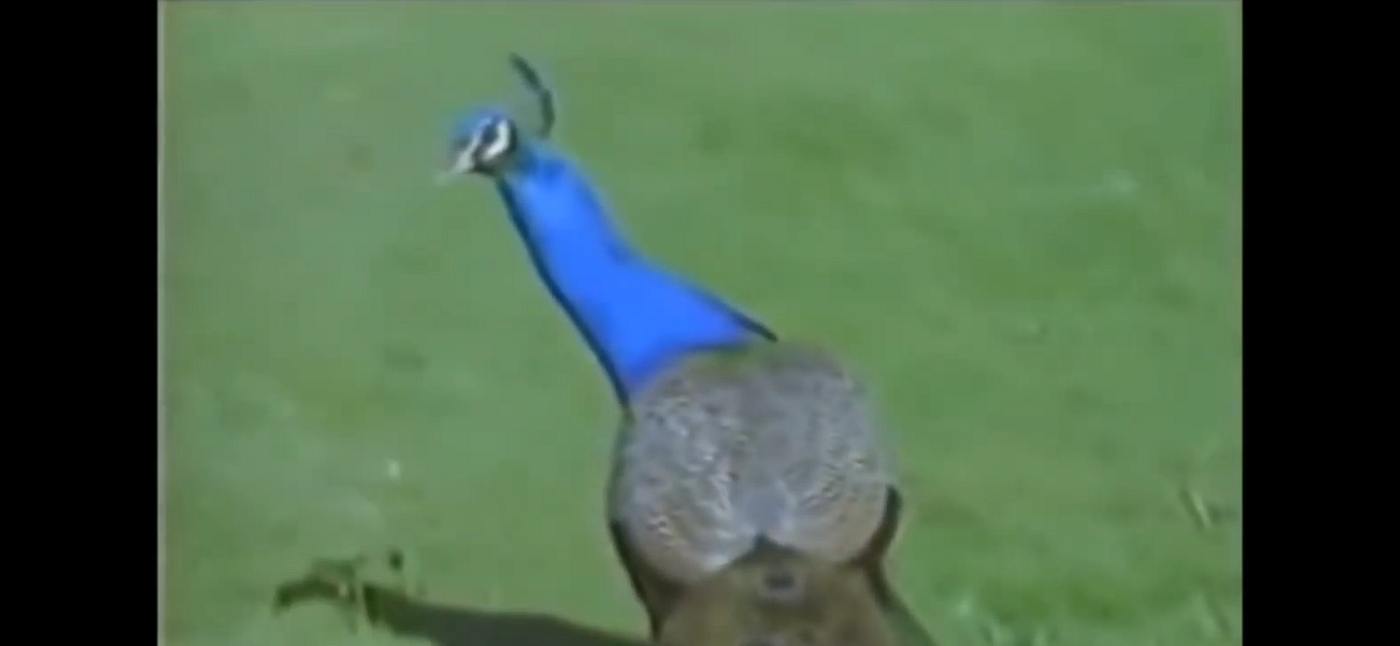
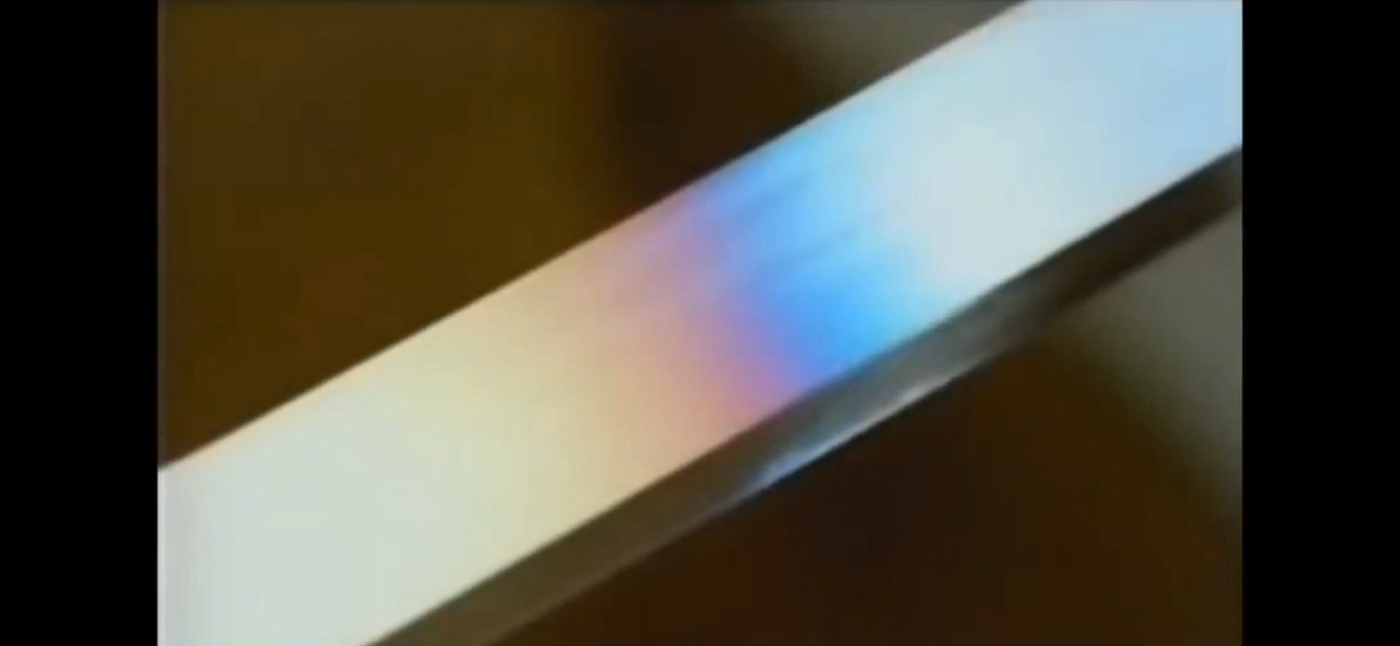
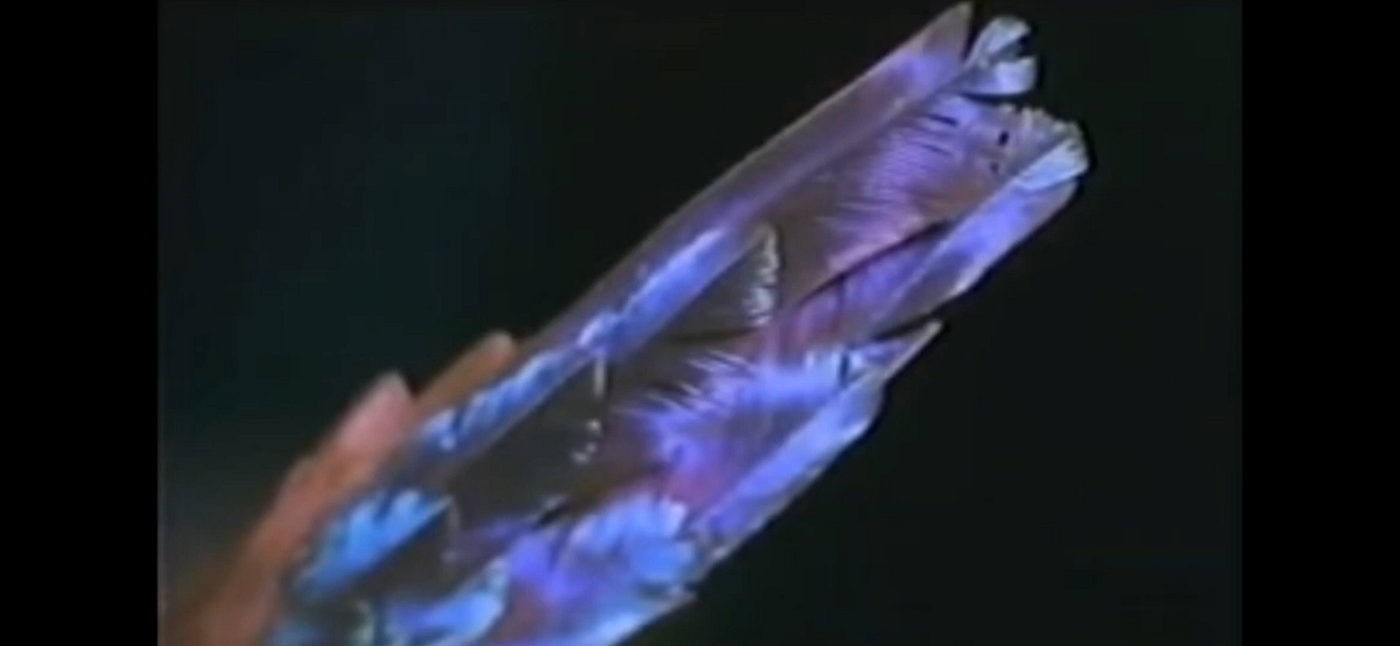
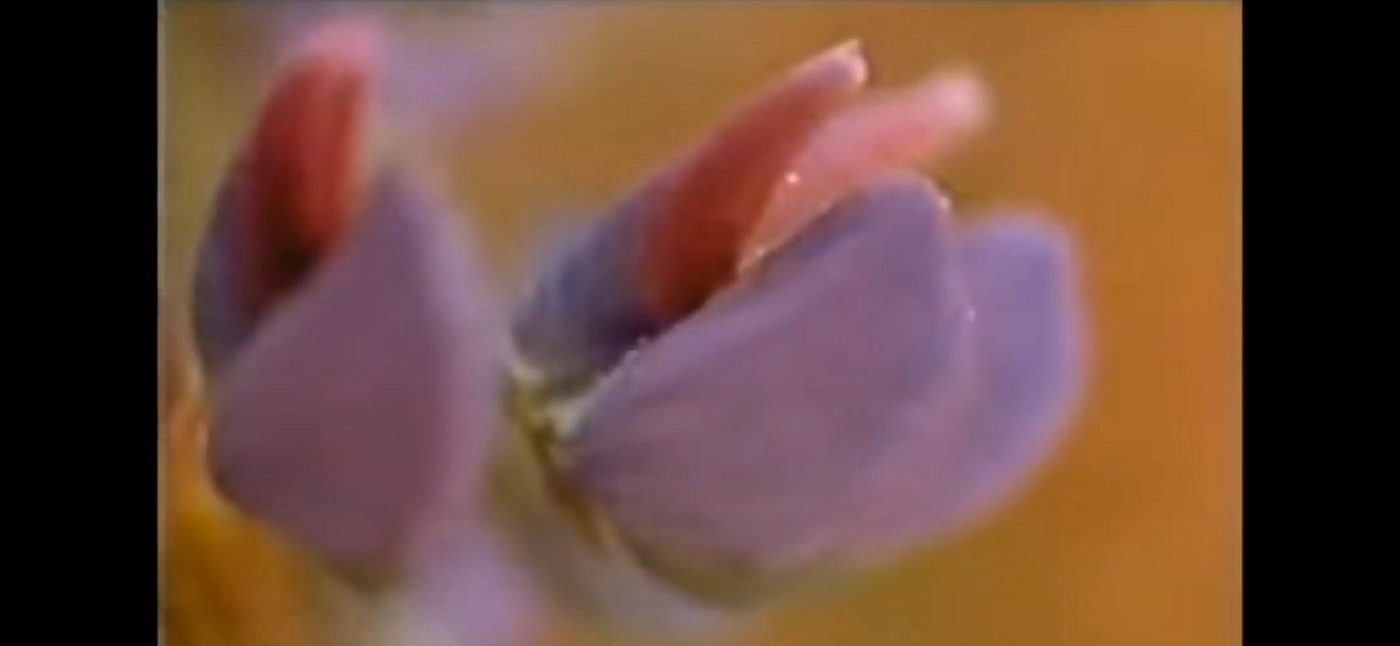
“…We associate the yellows with the properties of light. We perceive them as warm and textural. We associate the blues with darkness. We perceive them as cold and spatial.
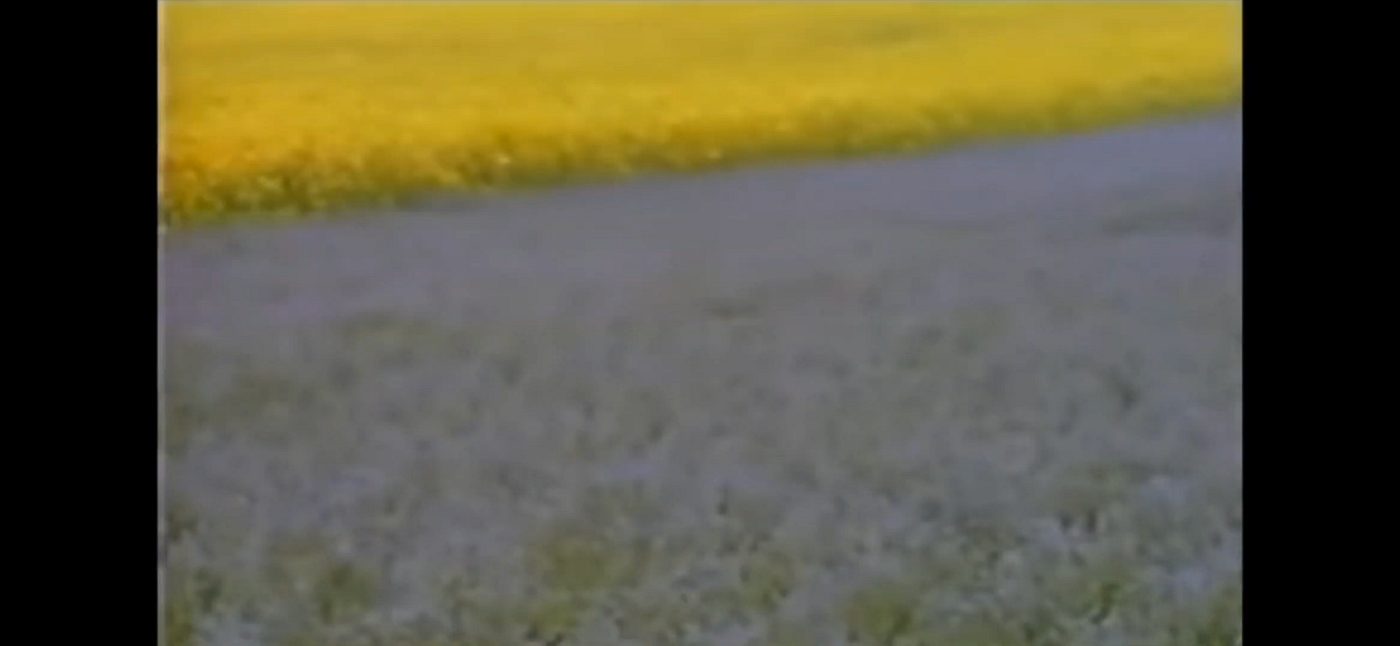
The yellow flowers come towards us; the blue flowers recede into what is almost a blue abyss….”
This is pretty fascinating to see the yellow and blue next to each other and watch the yellows moving towards us and the blue moving away. And we can tell ourselves this is just an illusion but we should ask with importance why our perception is this way and how this relates to the rest of the colors.
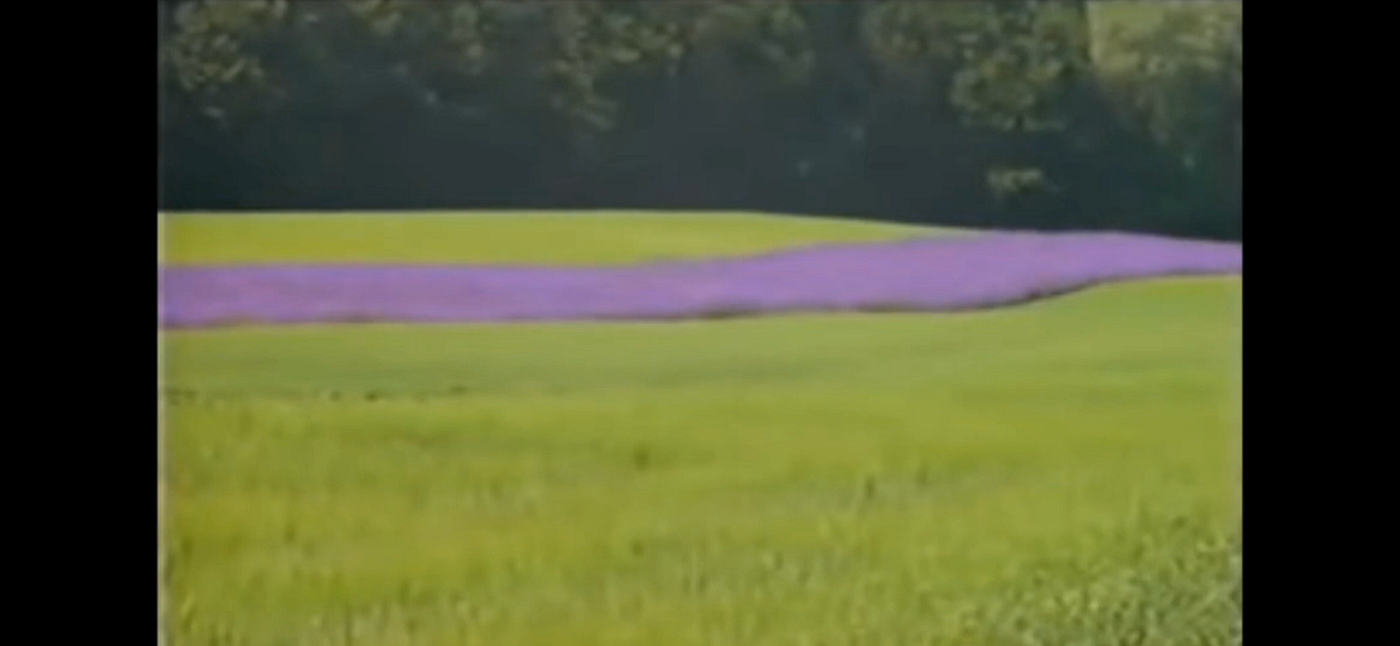
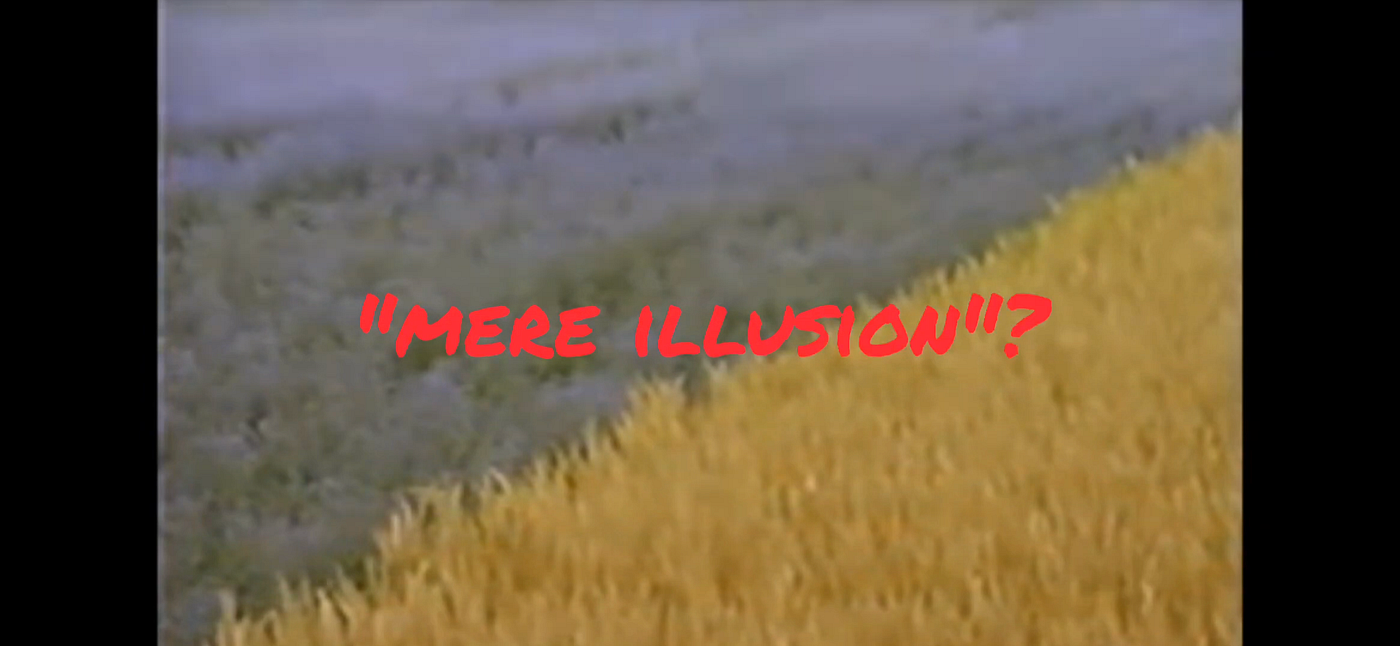
To say “mere illusion” is a toxic way of thinking.
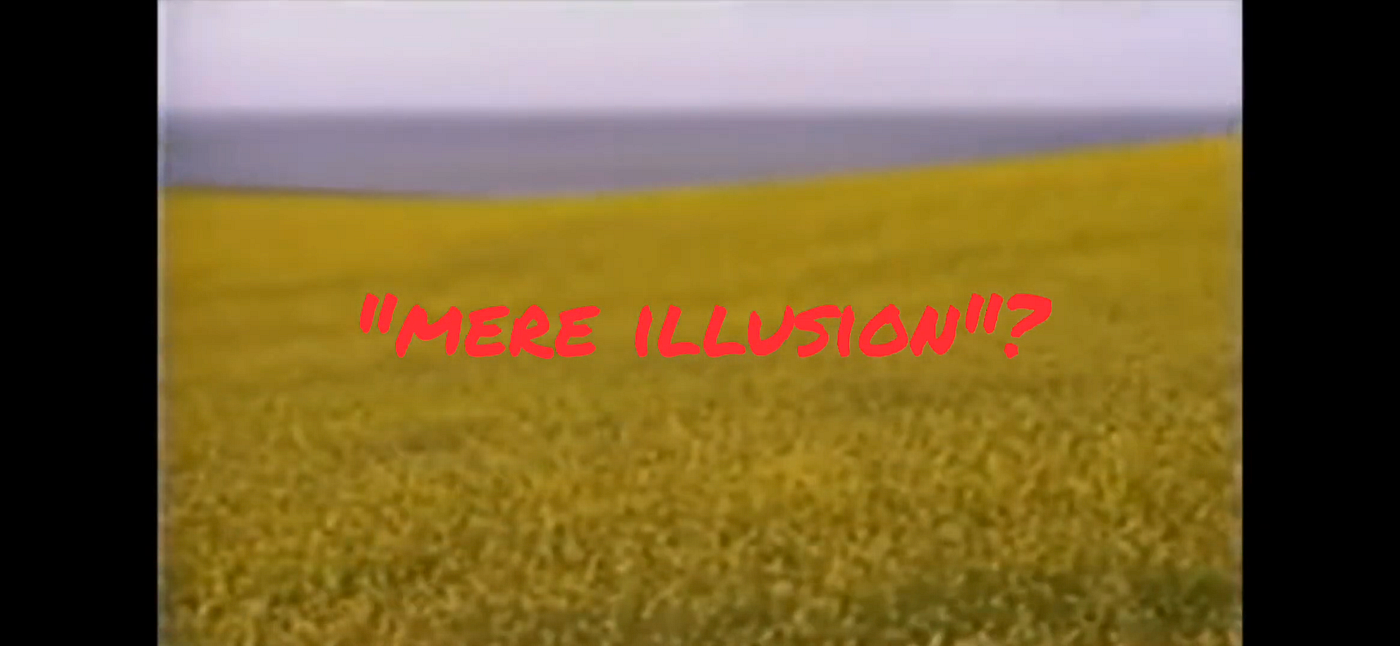
“We ascribe properties to the colors corresponding to the polarity of light and darkness, such as hot and cold, proximity and distance, major and minor…
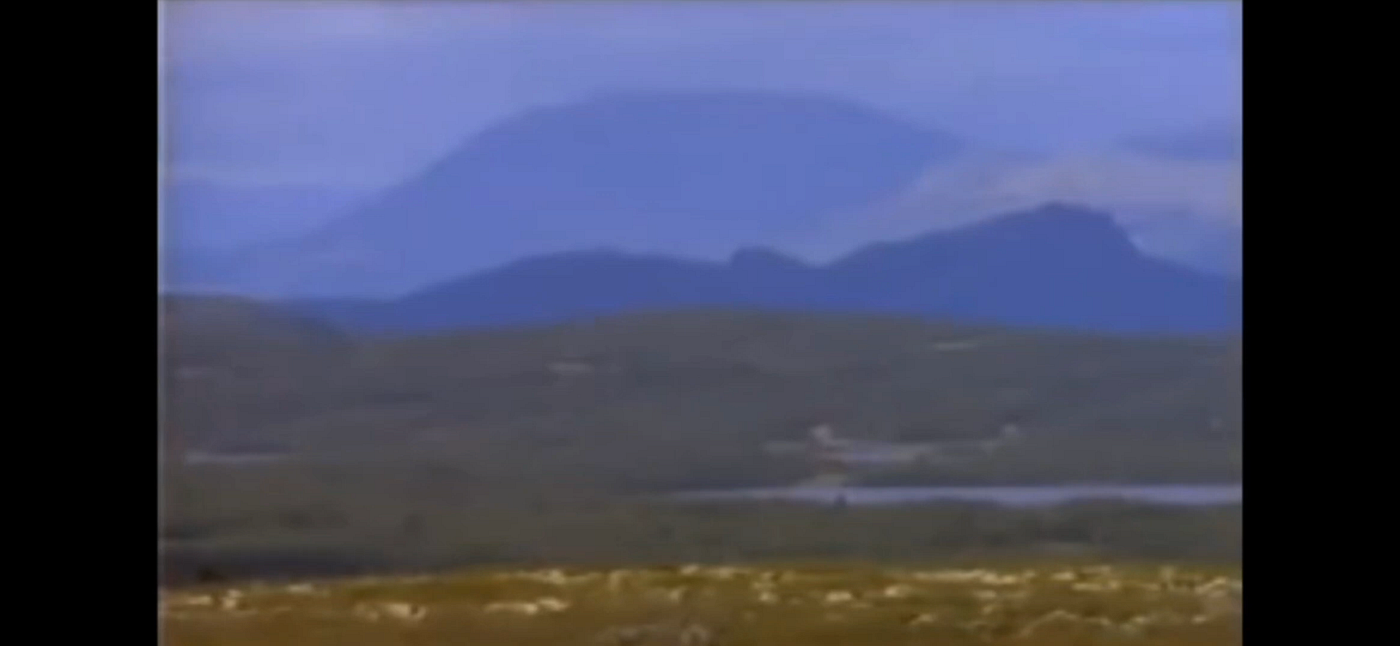
And we use colors to describe things in our lives: golden eras, feeling blue…
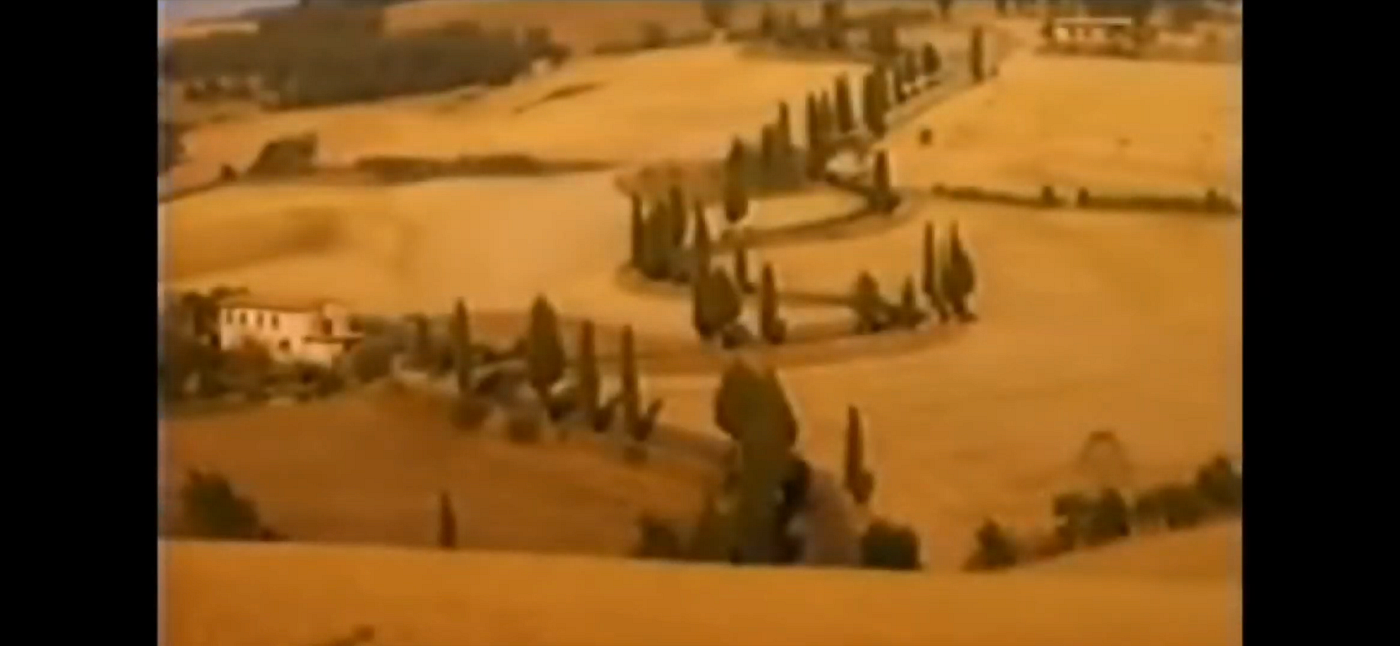
Although each one of us is unique, we perceive the same blue sky and golden sun and fundamentally will react to them in the same way. We talk about looking on the bright side or casting a shadow on proceedings, or having a sunny or a gloomy disposition.
We recognize in ourselves the polarity of darkness and light from the world about us. The phenomena of the sky are where we see most clearly how colors arise out of the encounter between light and darkness.
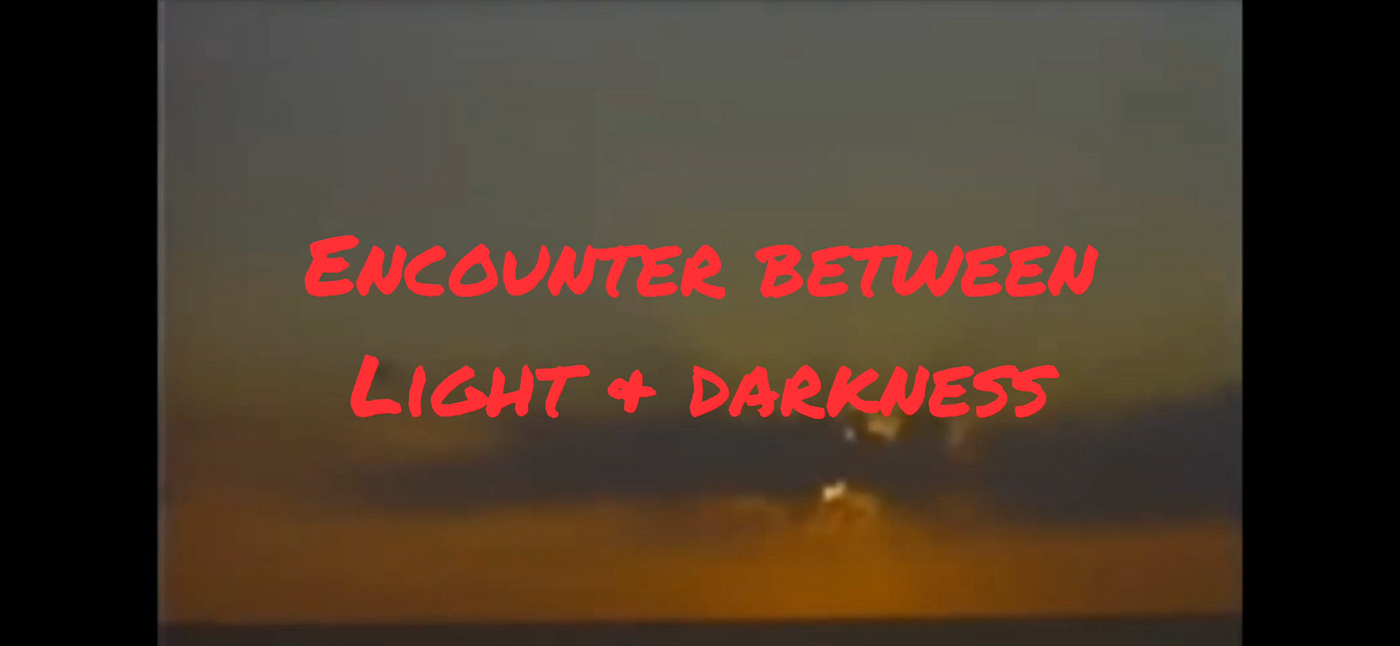
We see both the color intensification and polarity. That is why Goethe called it the primordial phenomenon. In Goethe’s scientific method then, the colors are described where we see them. So he insists that we ourselves are part of the experiments…”
This is the encounter between darkness and light. That is why it is the primordial phenomenon in Goethe’s Theory that we that we must seek color as the encounter between darkness and light.
And again this is in opposition to the vastly more known theory that’s been given popular credence to, which is Newton’s theory that the white light can be reduced into various degrees of wavelengths of color. And Goethe’s theory does not say we can’t measure these wavelengths but it does say that we must focus on how this encounter, this interplay, this co-mingling of light and darkness and the effect of intensification, give rise to the perceptions that we have and colors are our perceptions.
Recommend
About Joyk
Aggregate valuable and interesting links.
Joyk means Joy of geeK